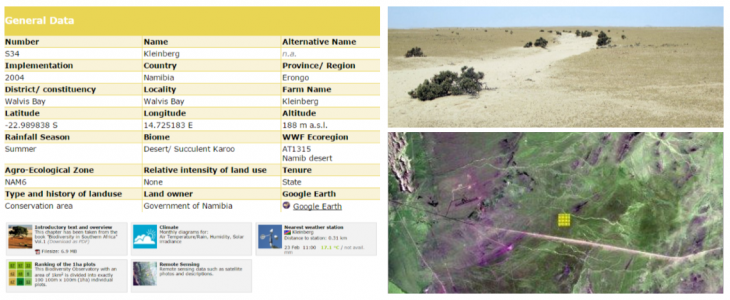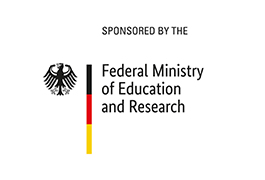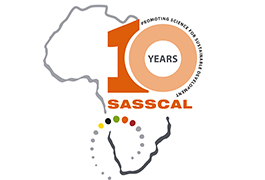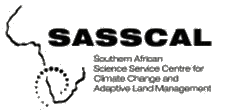From 21 to 23 February 2017, 25 Researchers from the SASSCAL consortium have joined forces in Livingstone, Zambia, to discuss the way forward in the areas of vegetation mapping and the monitoring of biodiversity. Since the inception of SASSCAL researchers have initiated a vegetation survey with the final goal to produce a first vegetation map for the SASSCAL region. While for vast regions of southern Africa there is literally no quantitative information on vegetation composition available, in some areas such as Namibia, data gaps still need to be closed. Together with already existing data, the researchers have now established a vegetation database containing over 27,000 vegetation plots sized 1 000 m2 each. The workshop offers the platform to discuss how to jointly analyse the data and how to produce first regional vegetation maps. Amongst other, the workshop includes hands-on exercises in vegetation classification, an exchange of which remote sensing products can be utilized to upscale the plot based information to the regional level and, of course, discussion on future perspectives in the field of vegetation mapping.

Example from SASSCAL ObservationNet: Data and information available for Kleinberg Observatory
The second part of the workshop is devoted to the monitoring of biodiversity. SASSCAL with its network of ‘biodiversity observatories’ (OBSERVATIONNET LINK) and the SASSCAL WeatherNet (SASSCAL WEATHERNET LINK) offers an excellent infrastructure for standardized and long term monitoring of changes in biodiversity. The workshop offers a joint forum for botanists and zoologist alike, to ensure continued monitoring of the established observatories but also to explore new ways of combining zoological and botanical sampling and to make use of new methods such as UAVs, camera traps or newly available remote sensing data.
Participants agree that these kinds of technical research orientated workshops are indispensable and a very important opportunity to make use of the wealth of knowledge assembled in the SASSCAL consortium and to produce high quality research.
It should also be mentioned that, based on the very well received SASSCAL symposium of the last Open Science Conference of the Global Biodiversity Observation Network GEO BON within GEOSS in July 2016, SASSCAL is a member of a highly competitive global partnership together with the CBD, UNEP, IUCN, UNESCO, ESA and NASA, to name only a few.





